Silicone ink is like insurance, you hate it but sometimes you just have to have it.
As with many things in life, you have to take the good with the bad with silicone ink.
It is expensive to buy the ink, roughly three times the cost of plastisol inks. However, ink isn’t the main part of our costs in printing anyway, right? More importantly it is much less expensive to buy silicone ink than it would be to ruin fifty $60 jackets because the dye migrates into the ink or because the ink cracks. Silicone is no guarantee, but it has excellent dye migration blocking characteristics. You can use it with fabrics that normally you would need to use a barrier grey ink. Silicone can really stretch without cracking, which is needed with some of the new elastic types of fabrics. I look at it as an expensive ink, but an inexpensive insurance policy.
Silicone has a short “pot life.” It hardens about four hours after you mix in the catalyst. That should be long enough to print most jobs, and then you have to just figure that into the cost. Also you can mix your colors and add catalyst later, the uncatalyzed mixed ink will last indefinitely.
You can’t print silicone wet on wet, you have to flash after every color. Unless you are a company that sells large presses, that probably isn’t to anyone’s advantage.
Silicone ink is very opaque, as you see in the example we print-flash-printed the two colors and did not need an under-printed white.
The feel of the ink is relatively soft, but actually a bit “greasy” to the touch. That isn’t such a big problem if the image area is small, which honestly usually is the use of this ink, doing small prints on expensive and/or difficult substrates.
Silicone has a reputation as “impossible” to print. We tried the new Rutland silicone ink (they call it Silextrene) and found it really pretty much as easy to print as printing plastisol. There is a mixing system with formulas. It needs no special emulsions. It is creamy and sheers well. It has good opacity and it doesn’t dry in the mesh. You have to adjust your flashing and you have to flash every color, but that seems to be the only difference.
Here are photos of us mixing up the silicone ink and printing some expensive jackets. Printing an expensive item, it really is a relief to not worry about dye migration and not worry about it cracking when the garment stretches.
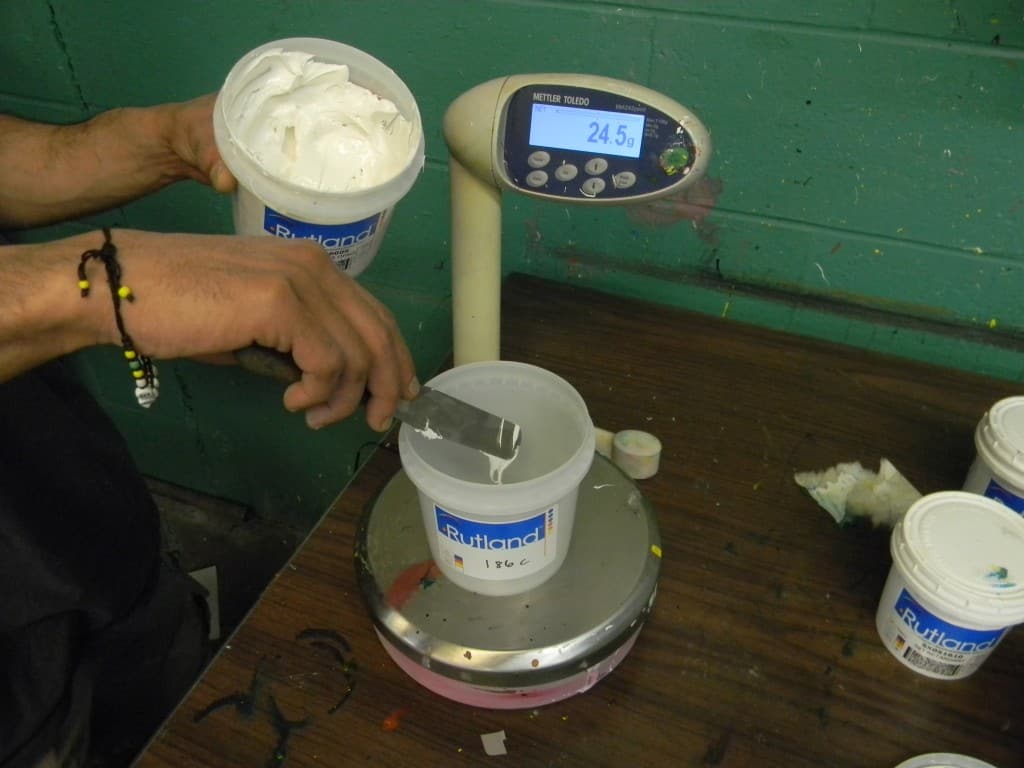
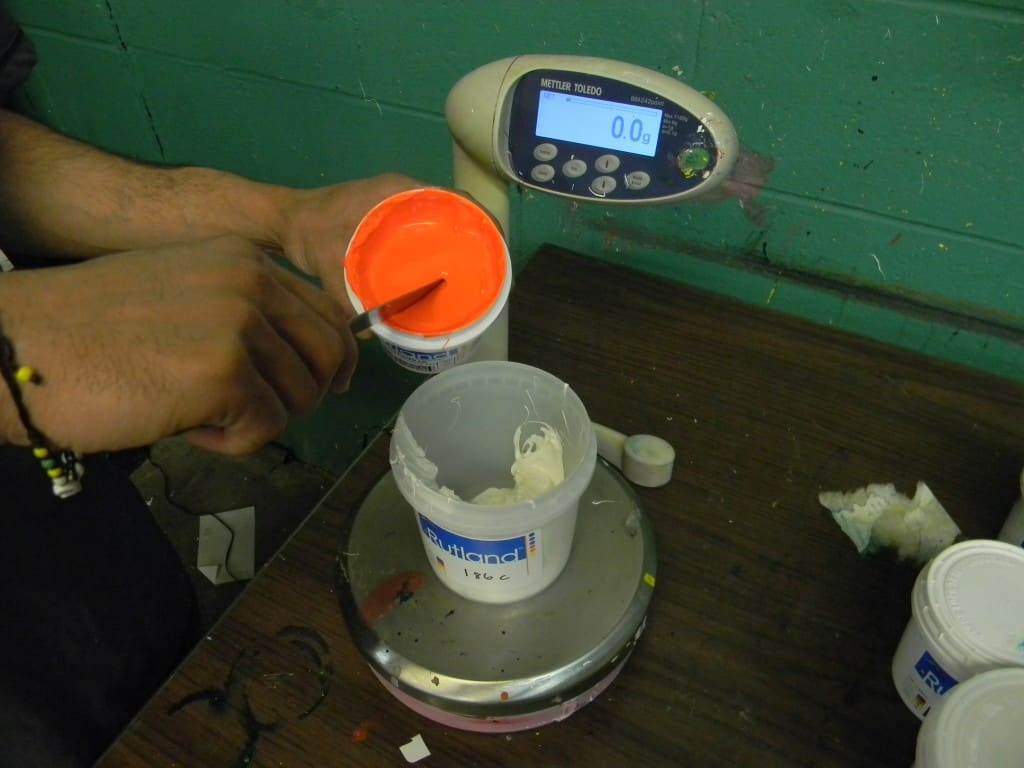
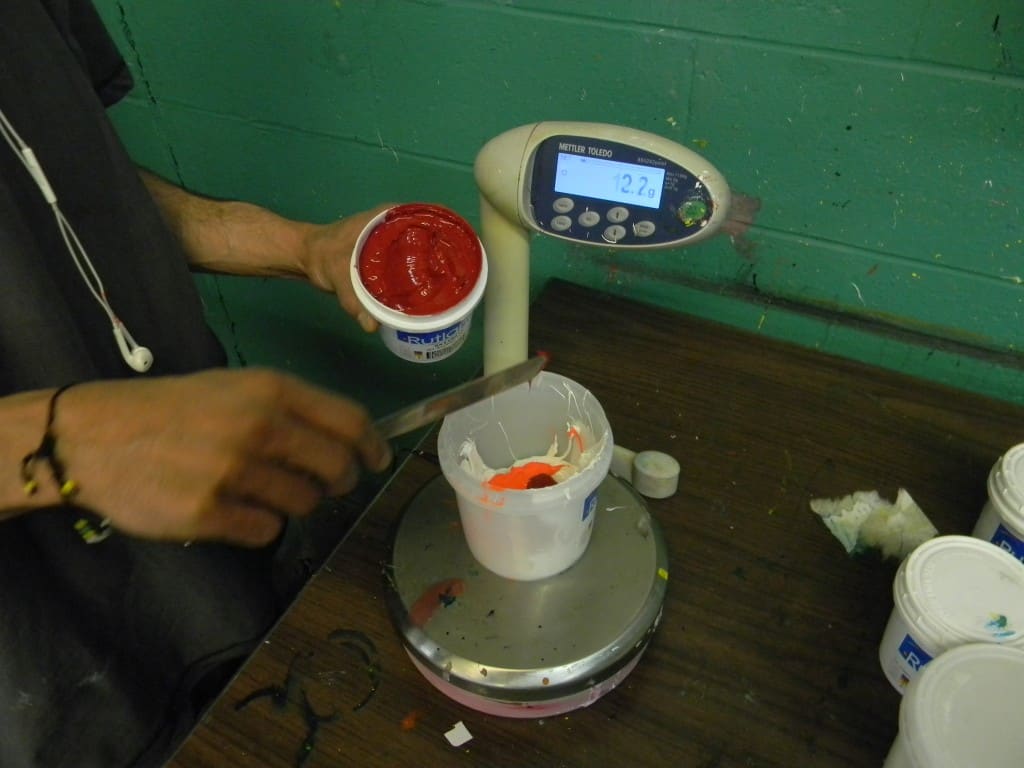
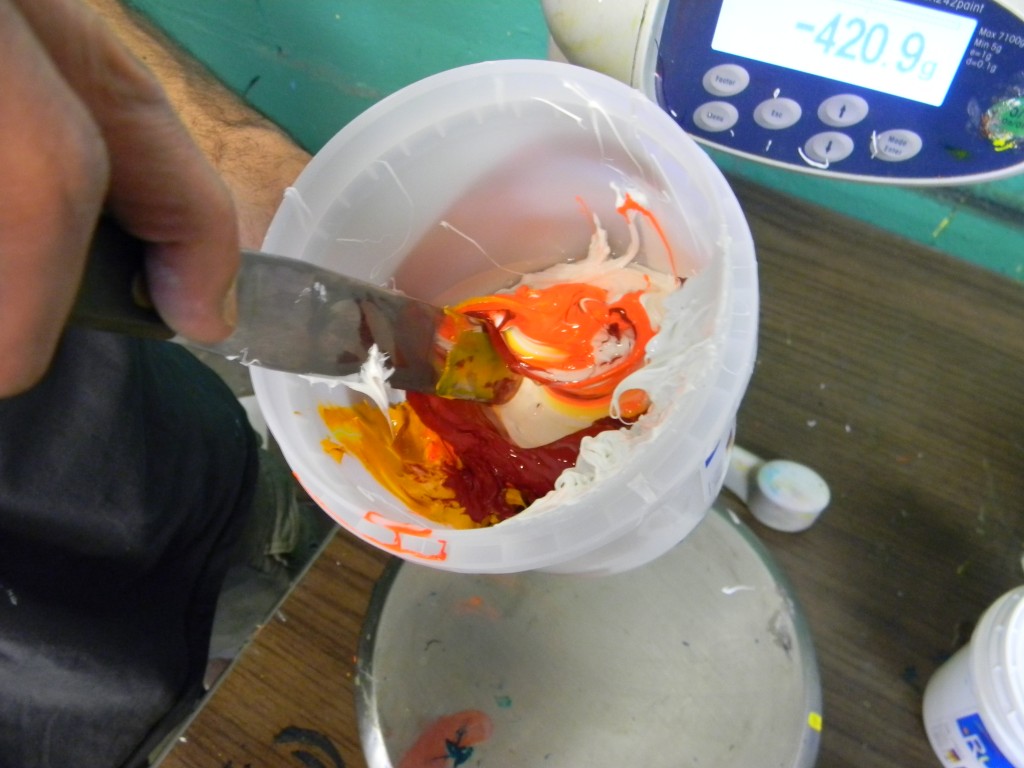
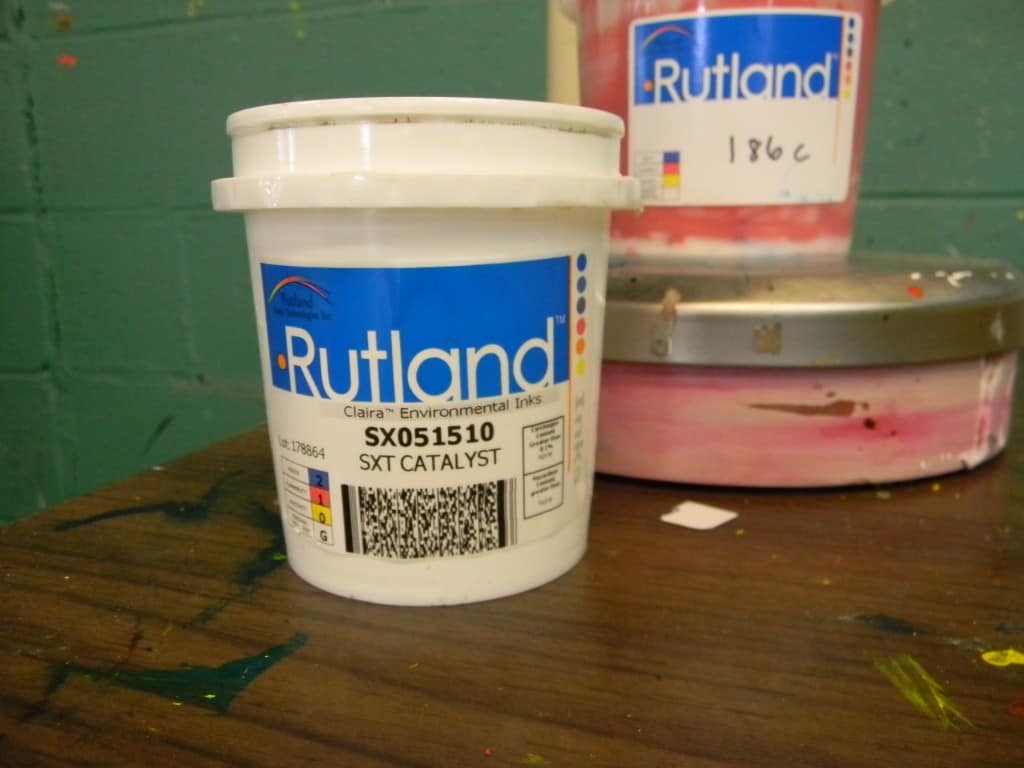
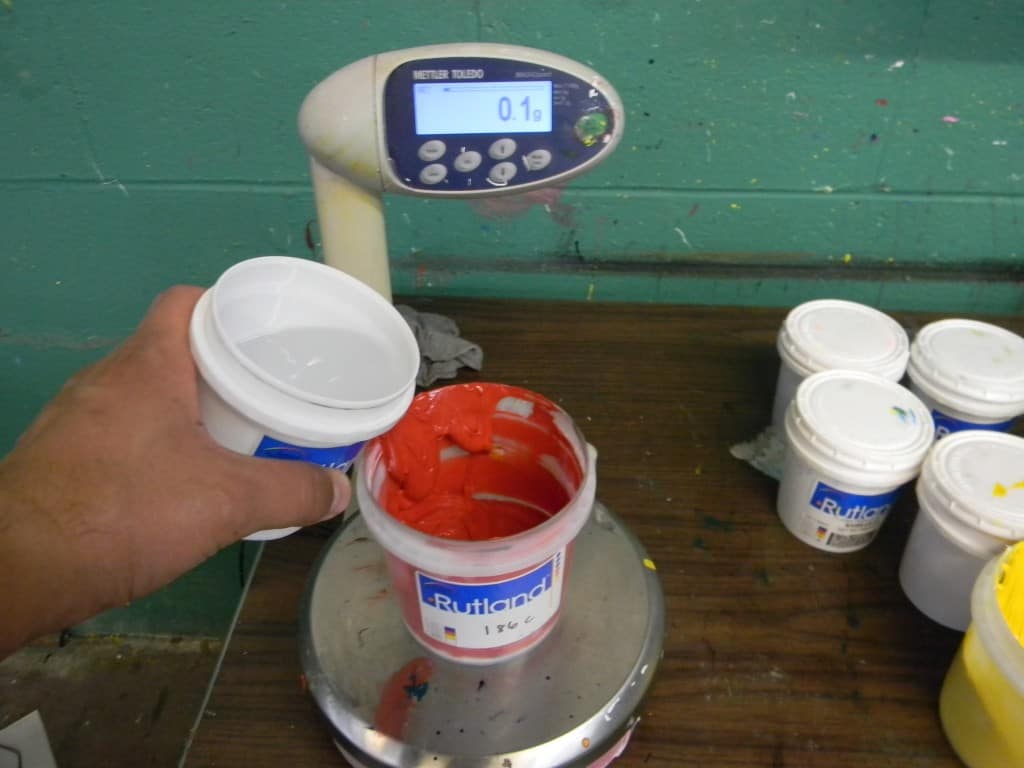
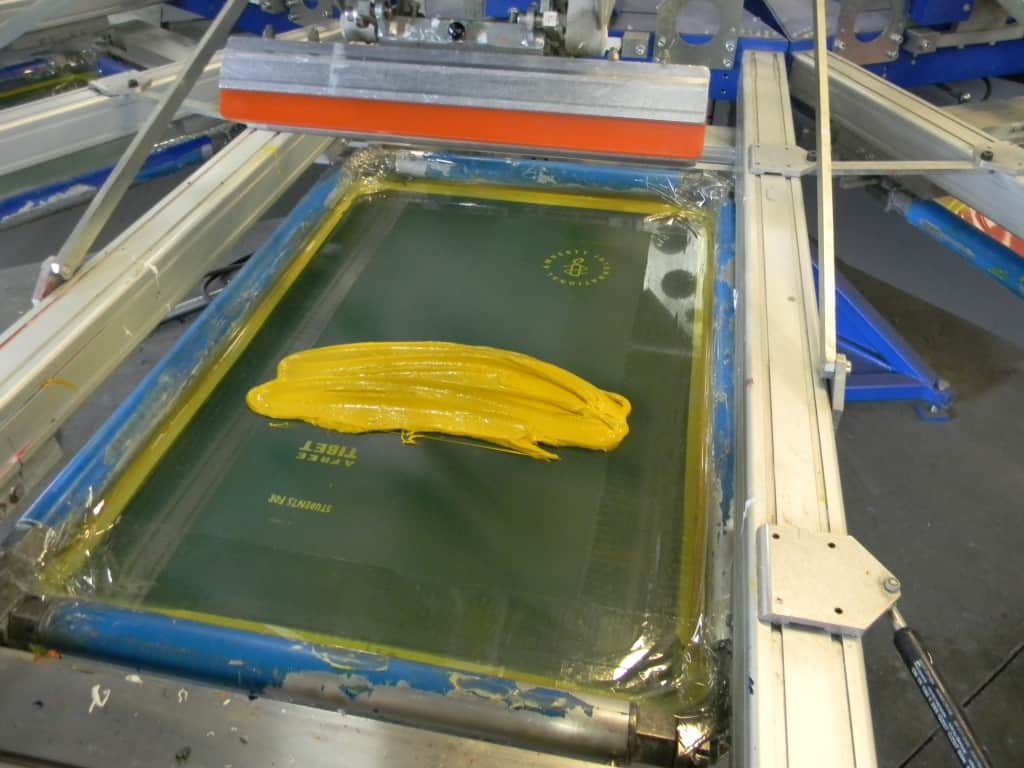
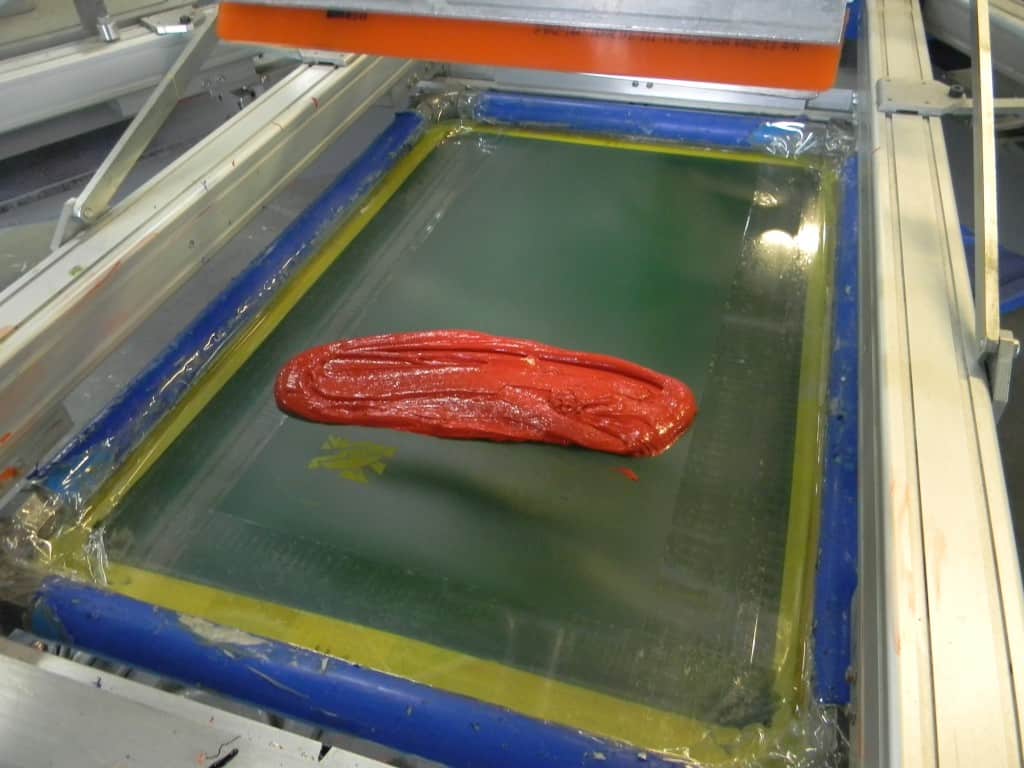
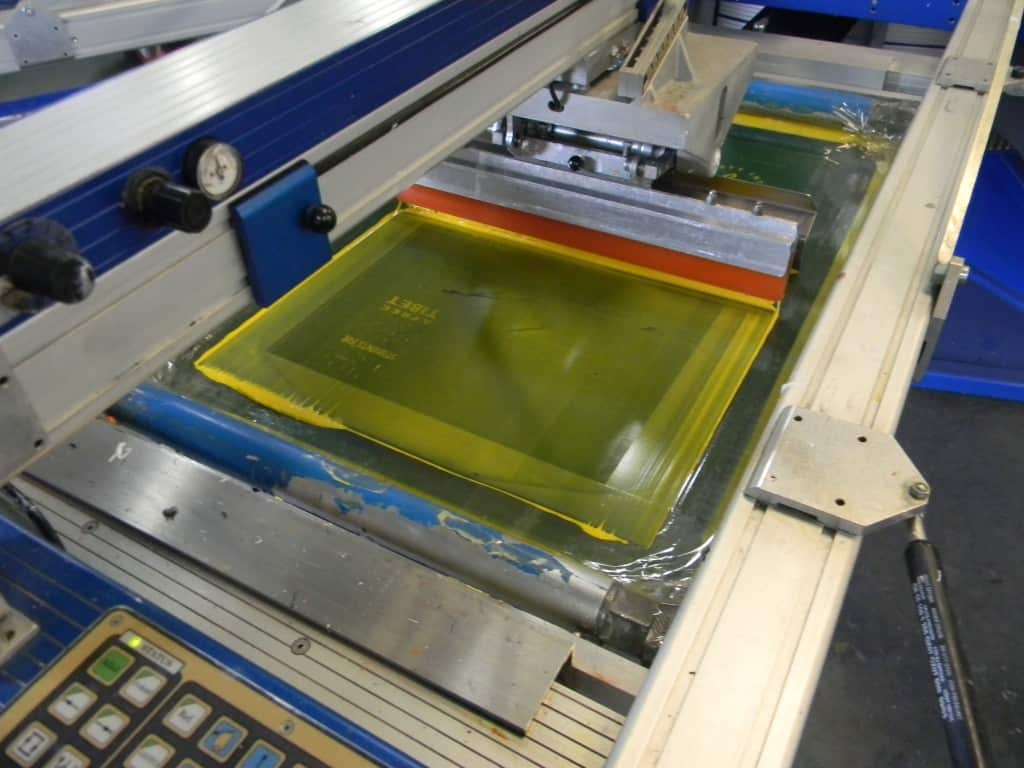
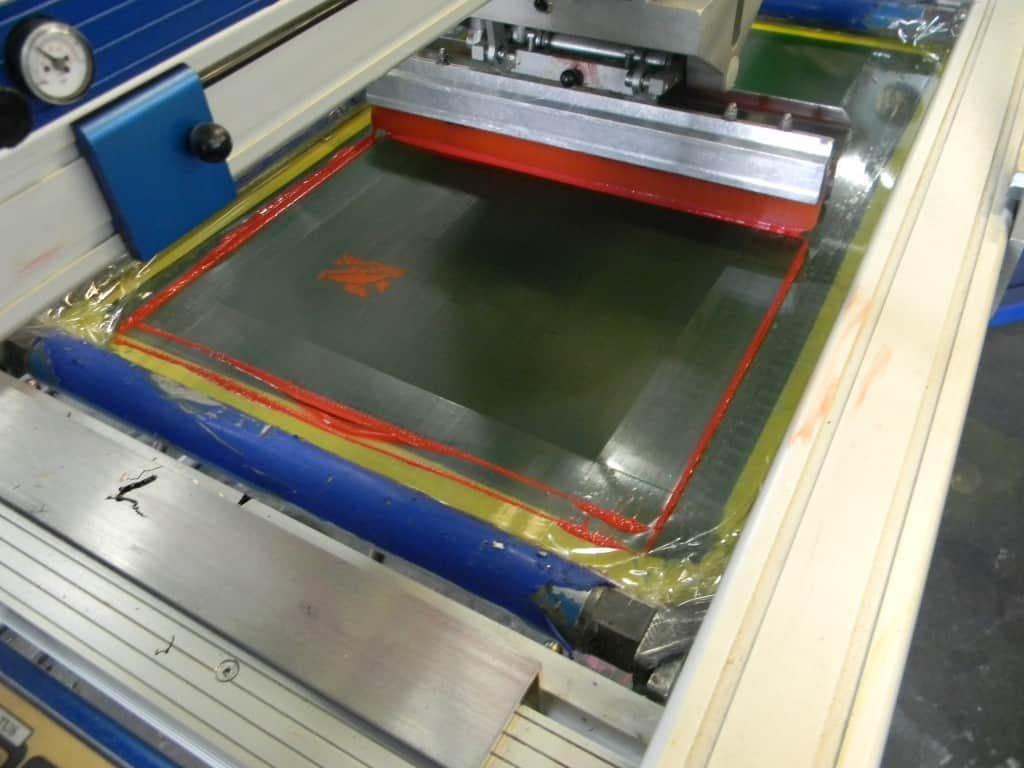
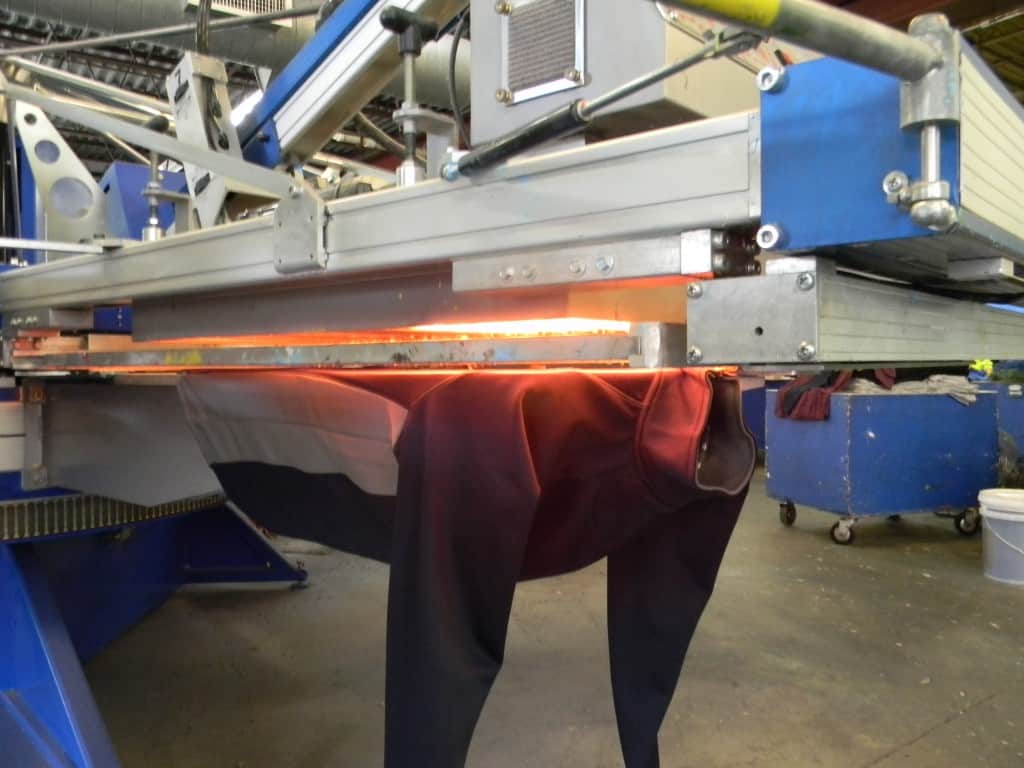
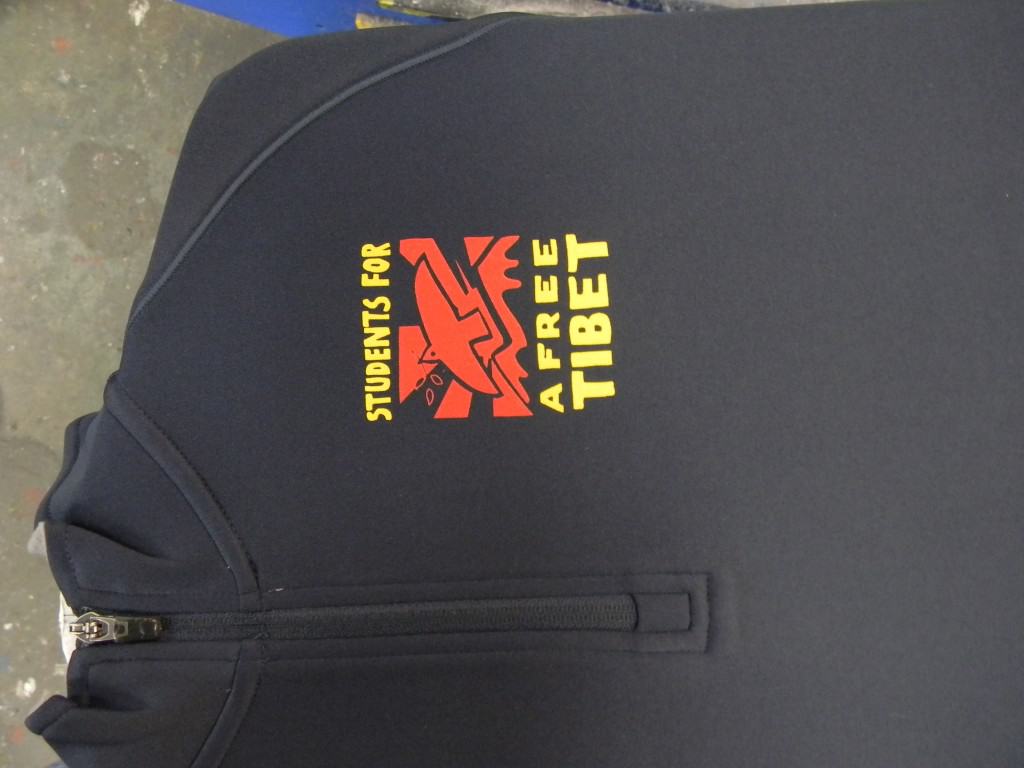


Rick: Thanks for the information regarding Silicone inks, and the truly unique performance properties that they provide. The catalyzed system provides low cure temp properties, while the cured ink film is incredibly stretchable and abrasion resistant. One thing that a lot of traditional plastisol printers struggle with, is using too much squeegee pressure and pushing the ink down into the fabric. We’ve found that using light pressure on the first down or first stroke then flashing helps seal the fabric and provide a good base to print the other colors on top of.
That is helpful advice, and also another good point I had missed about abrasion resistance. Thanks for those points.